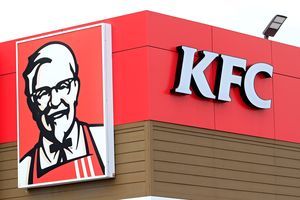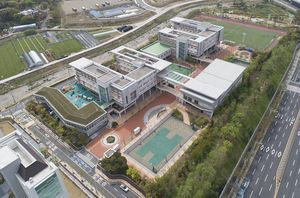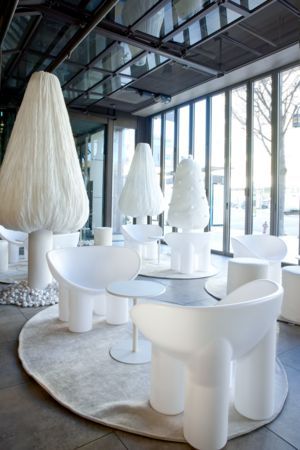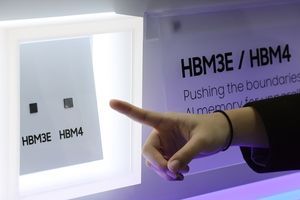
Inspired by the movie Dune, a new type of spacesuit that can quickly transform urine into drinking water has been developed. Although it is a prototype, astronauts could wear it during NASA’s Artemis program’s lunar missions by 2030.
According to The Guardian Media Group last Friday, a research team led by Professor Christopher Mason of Weill Cornell Medicine developed the spacesuit, modeled after the “stillsuits” from the movie. The team published their research results in Frontiers in Space Technologies.

In the movie Dune, the stillsuit is a special suit worn by the Indigenous Fremen of the desert planet Arrakis, which lacks water. It filters impurities from sweat and urine, purifies them, and delivers the recycled water through a tube connected to the person’s face.
Inspired by this concept, the research team’s spacesuit is designed to filter urine. Urine is collected in a silicone cup shaped like a genital organ and placed inside the underwear. A separate filtration system recycles the urine into water. It takes only 5 minutes to collect and filter 500ml (about 17 ounces) of urine.
The team explains that the process is highly efficient, boasting an 87% success rate and that the electrolytes are fortified during purification, which provides health benefits. It’s akin to giving astronauts their own energy drink.
The device on the back weighs about 8kg (approximately 17.6 pounds) and measures 38cm x 23cm x 23cm (approximately 15 x 9 x 9 inches). The research team stated that this is a sufficient size and weight to be installed on the back of a spacesuit.


Current spacesuits equipped for spacewalks (extravehicular activity) include a hydration device, but it only stores about 1 liter (approximately 34 ounces) of water. The research team has determined this amount insufficient for long-term space missions, lasting from 10 hours to as much as 24 hours in emergencies.
Furthermore, the research team has indicated that their spacesuit design offers superior hygiene compared to existing models. Astronauts wear an adult diaper known as a maximum absorbency garment (MAG) in their spacesuits during extravehicular activities or spacecraft landings. However, the MAG is prone to leakage and can become unsanitary as urine and sweat mix over extended periods. Some astronauts have even restricted their food and drink intake before spacewalks due to concerns about the reliability of the MAG.
According to co-designer Sofia Etlin, the new spacesuit technology eliminates the need for astronauts to wear the MAG separately. Etlin noted, “Leakage from the MAG is common, and astronauts often think, ‘Well, I’m an astronaut, so this is a burden I must bear.’ The new spacesuit aims to alleviate such concerns.”
The research team will test the new spacesuit’s functionality and comfort this fall. Their goal is to have it adopted by 2030 for NASA’s manned moon exploration project, Artemis.










Most Commented